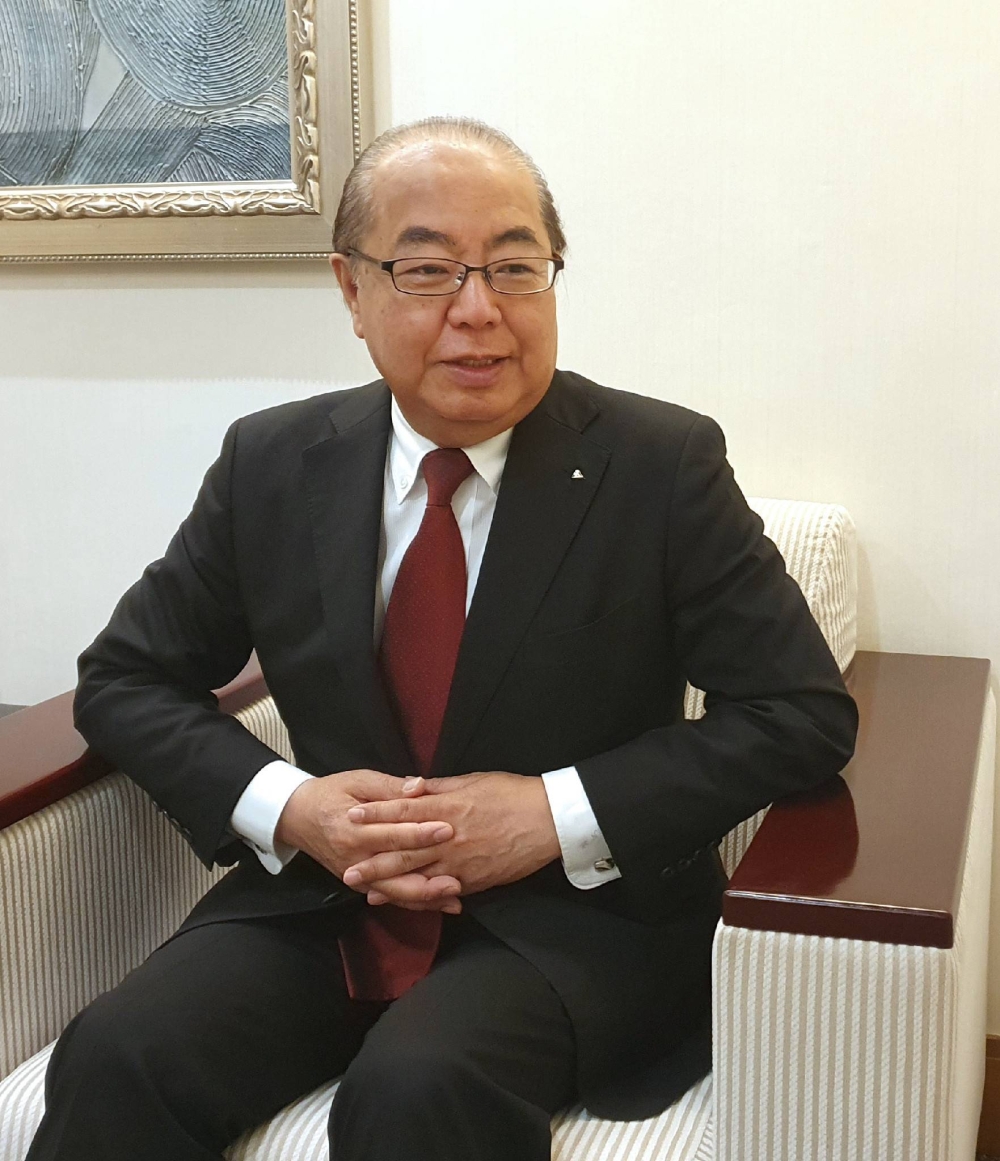Local government leaders from Japan and China are interacting with each other actively even as state-level exchanges between the two Asian countries remain almost halted, amid continuing diplomatic tensions including over Taiwan and China’s ban on seafood imports from Japan.
With both economies reeling from the COVID-19 pandemic, regional leaders have called for mutual investments and stronger economic ties.
According to a Japanese source based in China, about 60 governors and mayors from Japan visited China in the previous fiscal year, which ended in March. China visits by such prefectural and municipal heads became active around last July and are expected to remain robust for the current year.
“(China’s) northeastern region is expected to grow in coming years. We definitely want to take in that momentum,” Hachiro Nitta, governor of Toyama Prefecture, said in an interview in Beijing last week. He was speaking ahead of his visit to the northeastern China province of Liaoning, with which his prefecture has been maintaining friendly ties.
Okinawa Gov. Denny Tamaki also made a trip to Fujian Province in July last year, and Fukui Gov. Tatsuji Sugimoto visited Zhejiang Province from late October the same year. The number of Chinese local government delegations to Japan has also risen since last year.
Winning investments from abroad is more important for regional Chinese governments facing dwindling local economies than for local governments in Japan, because achieving high growth is considered as a key criterion by which top local officials are evaluated by Beijing.
Late last month, Hao Peng, communist party secretary of Liaoning, visited Toyama and the northernmost prefecture of Hokkaido to seek stronger economic collaboration.

